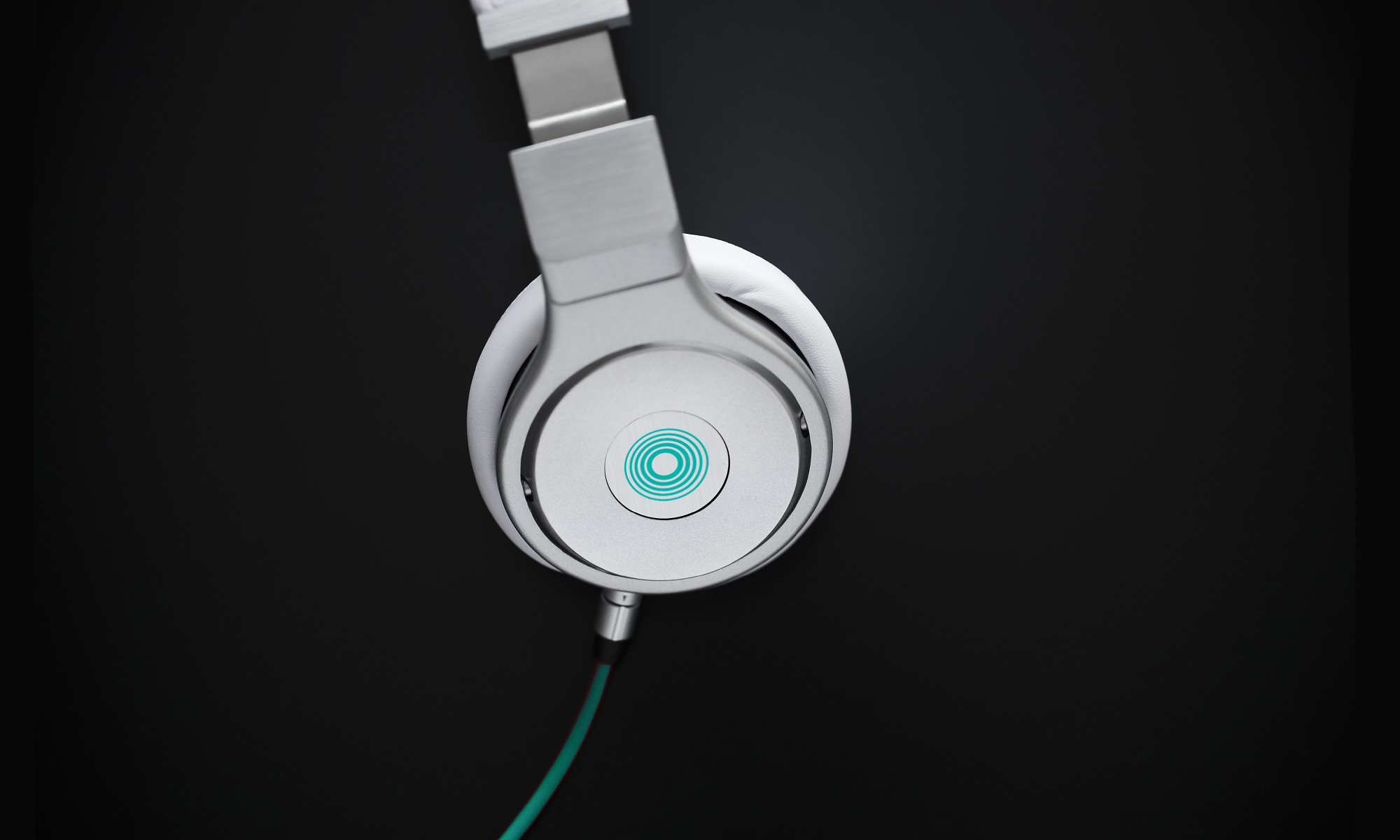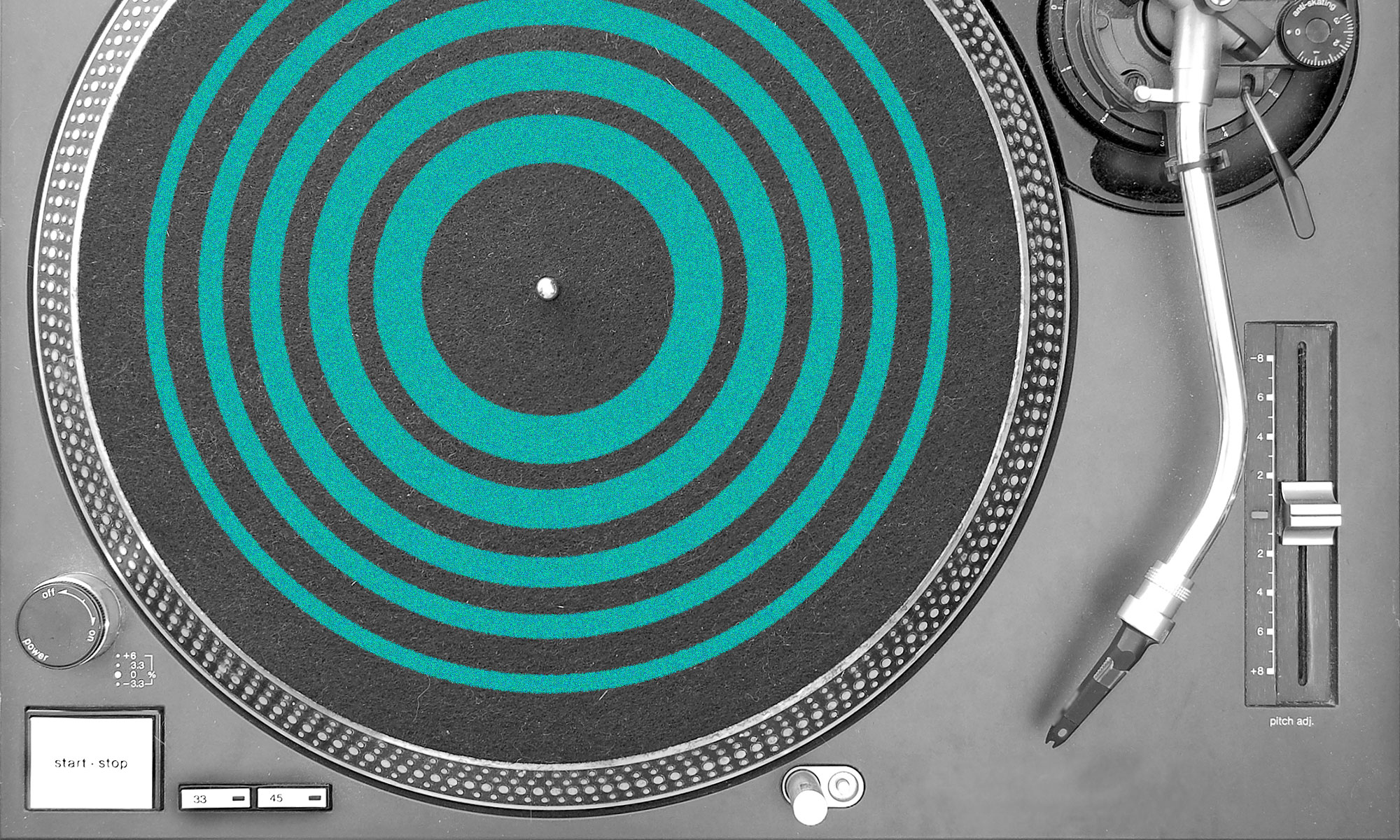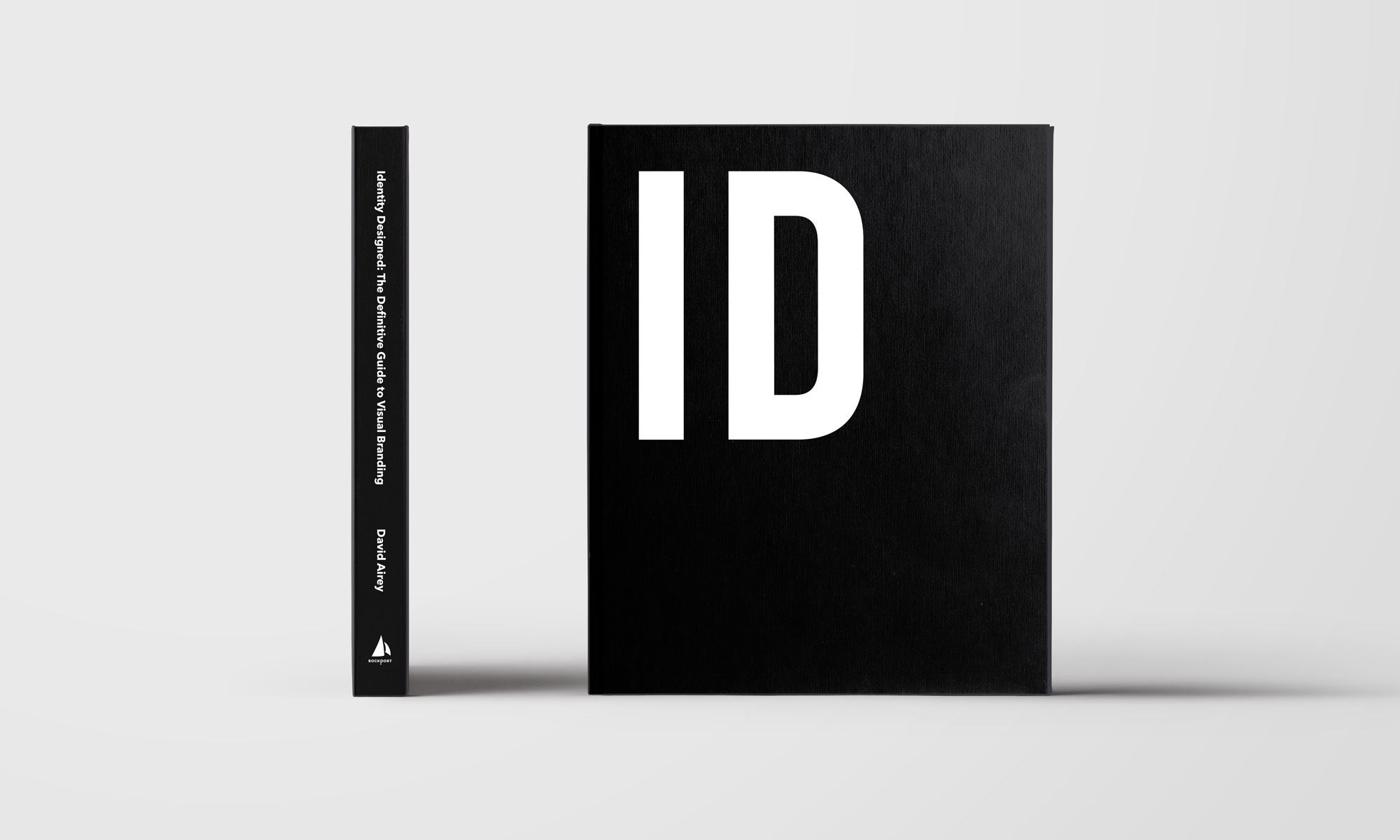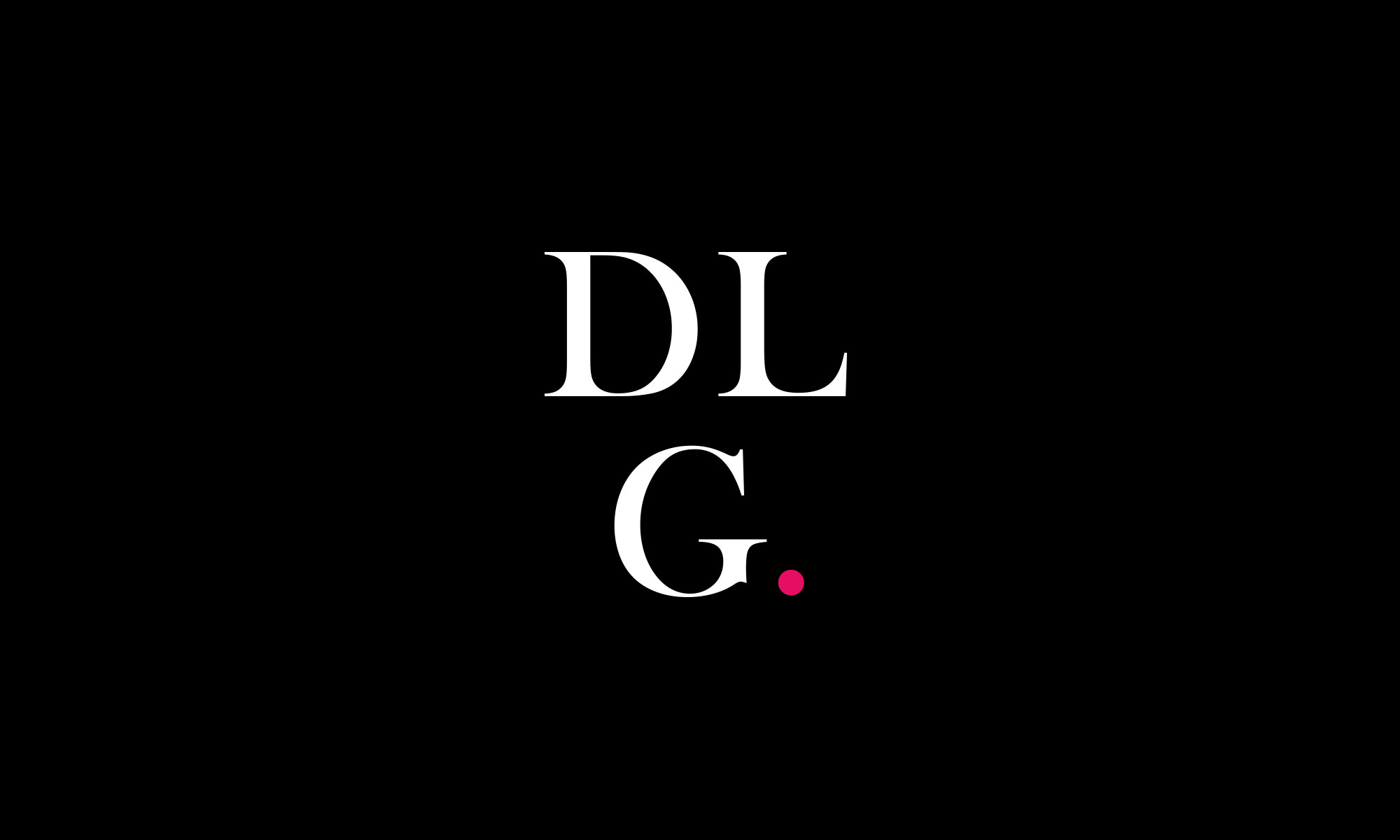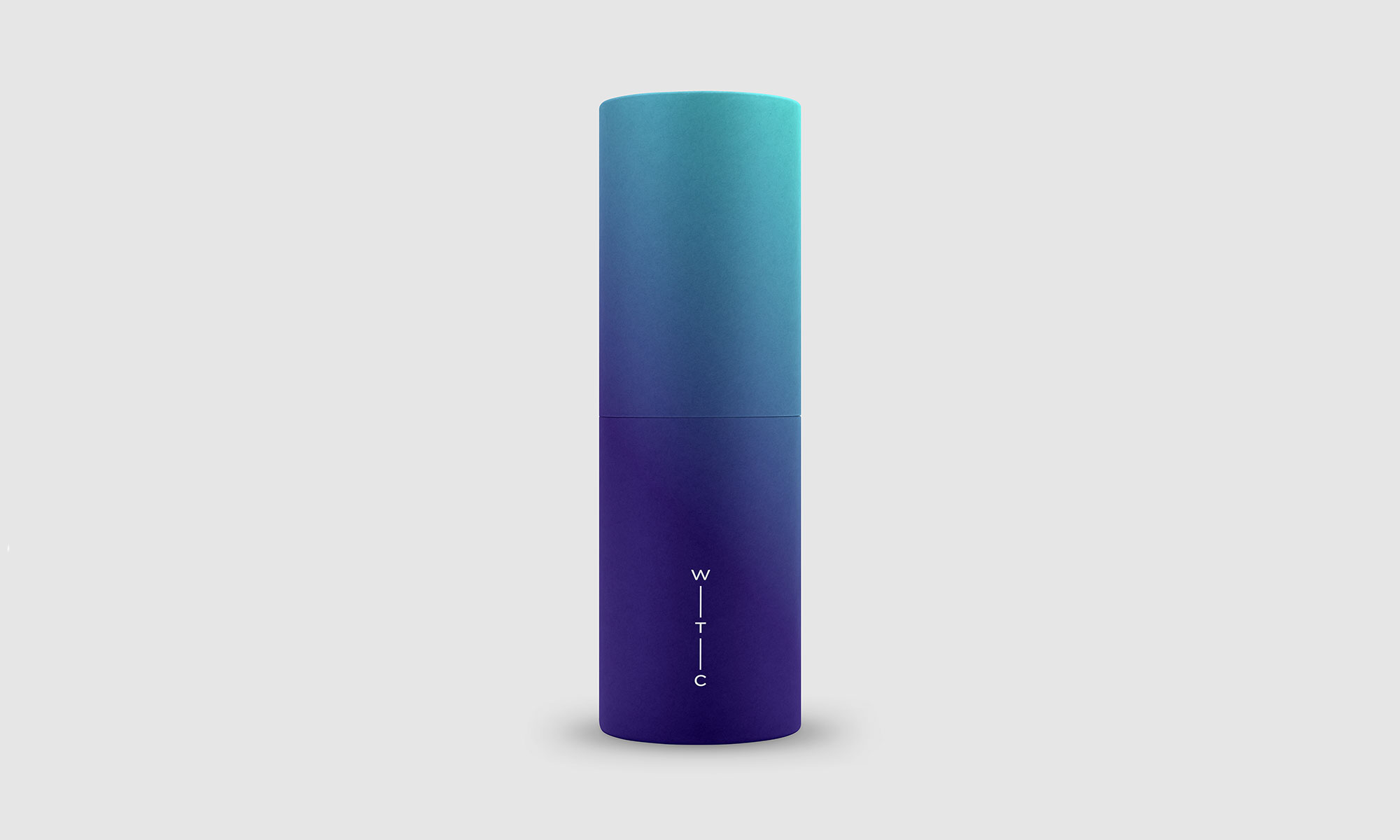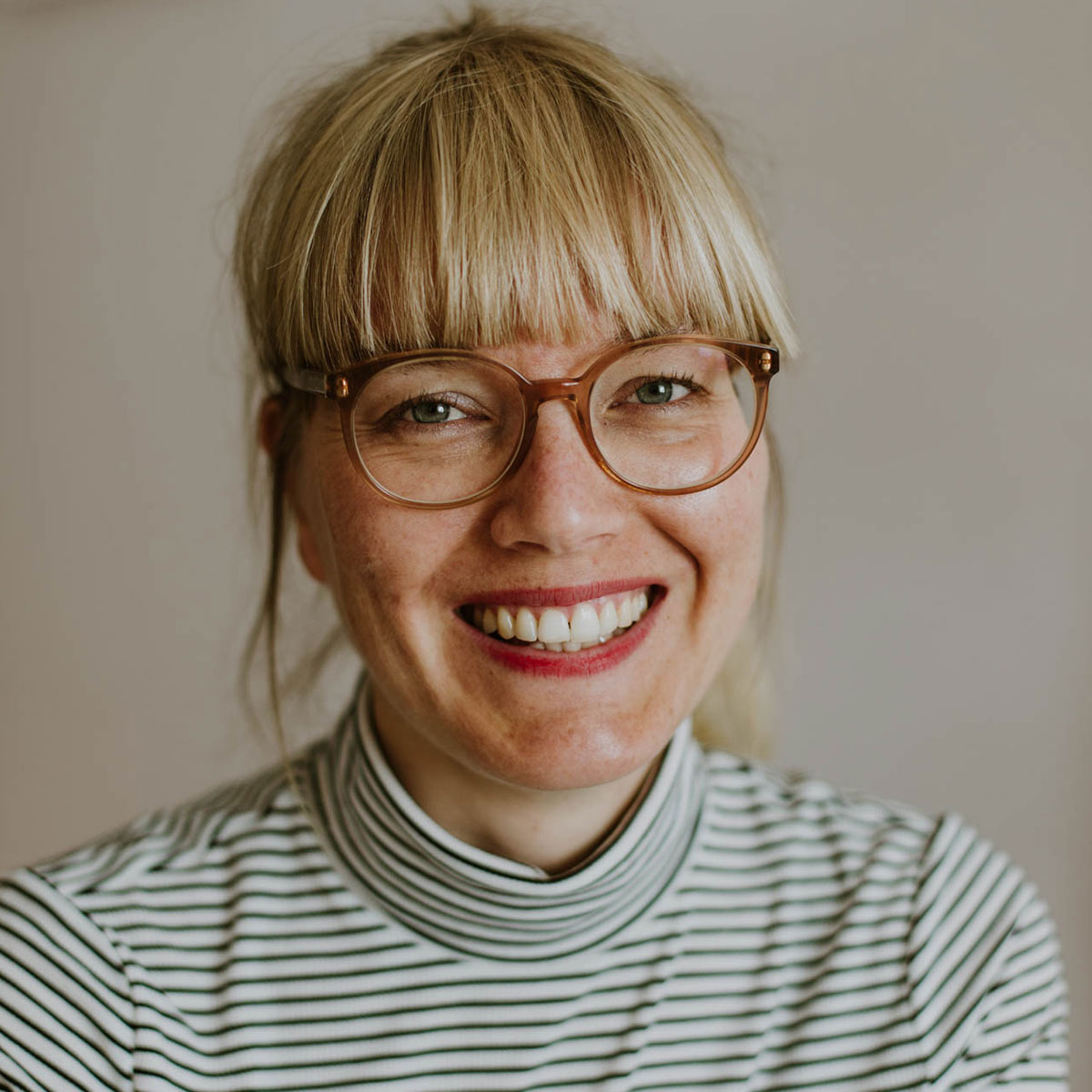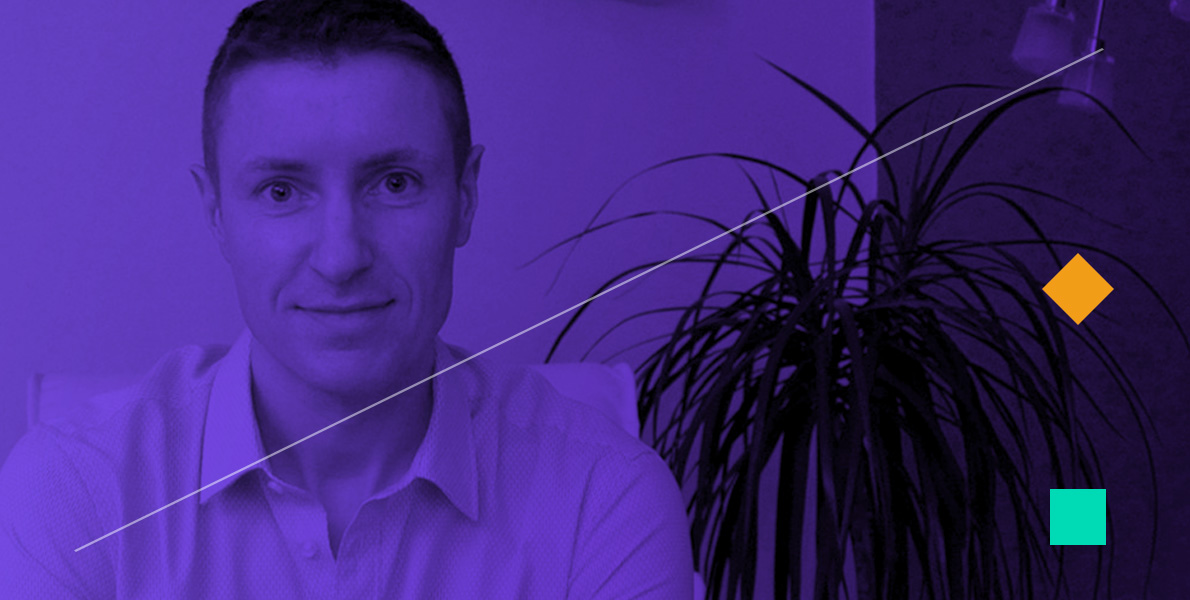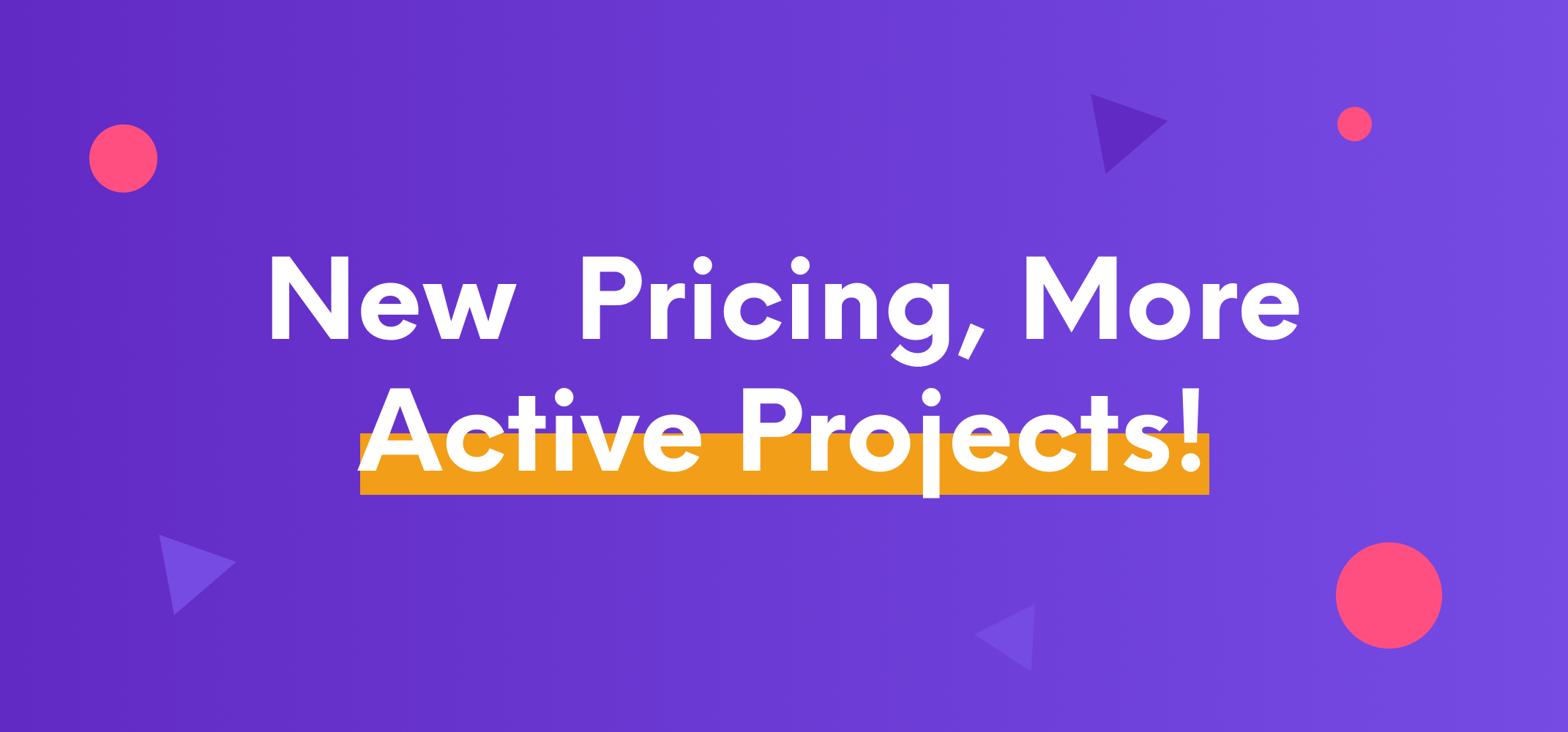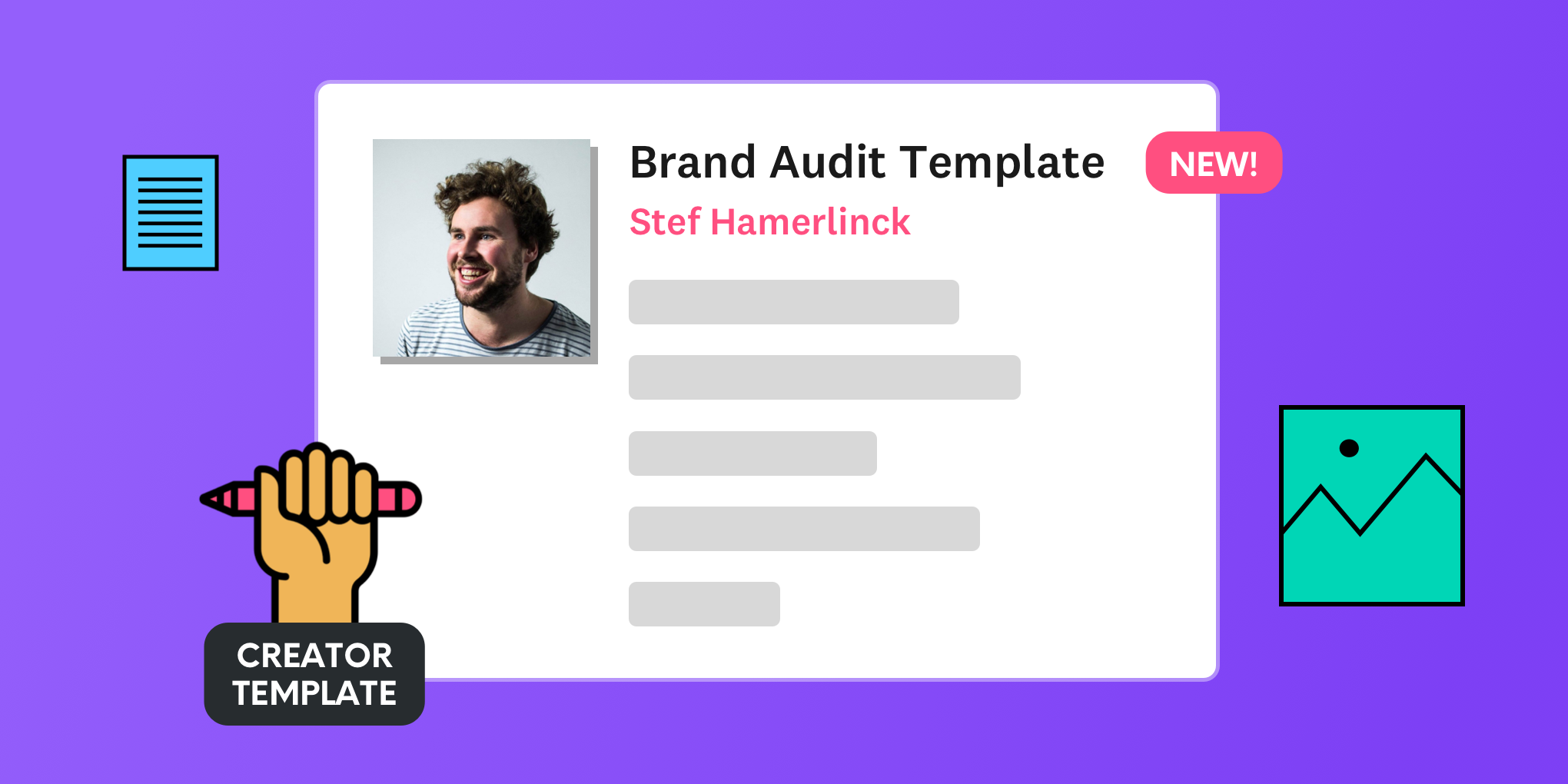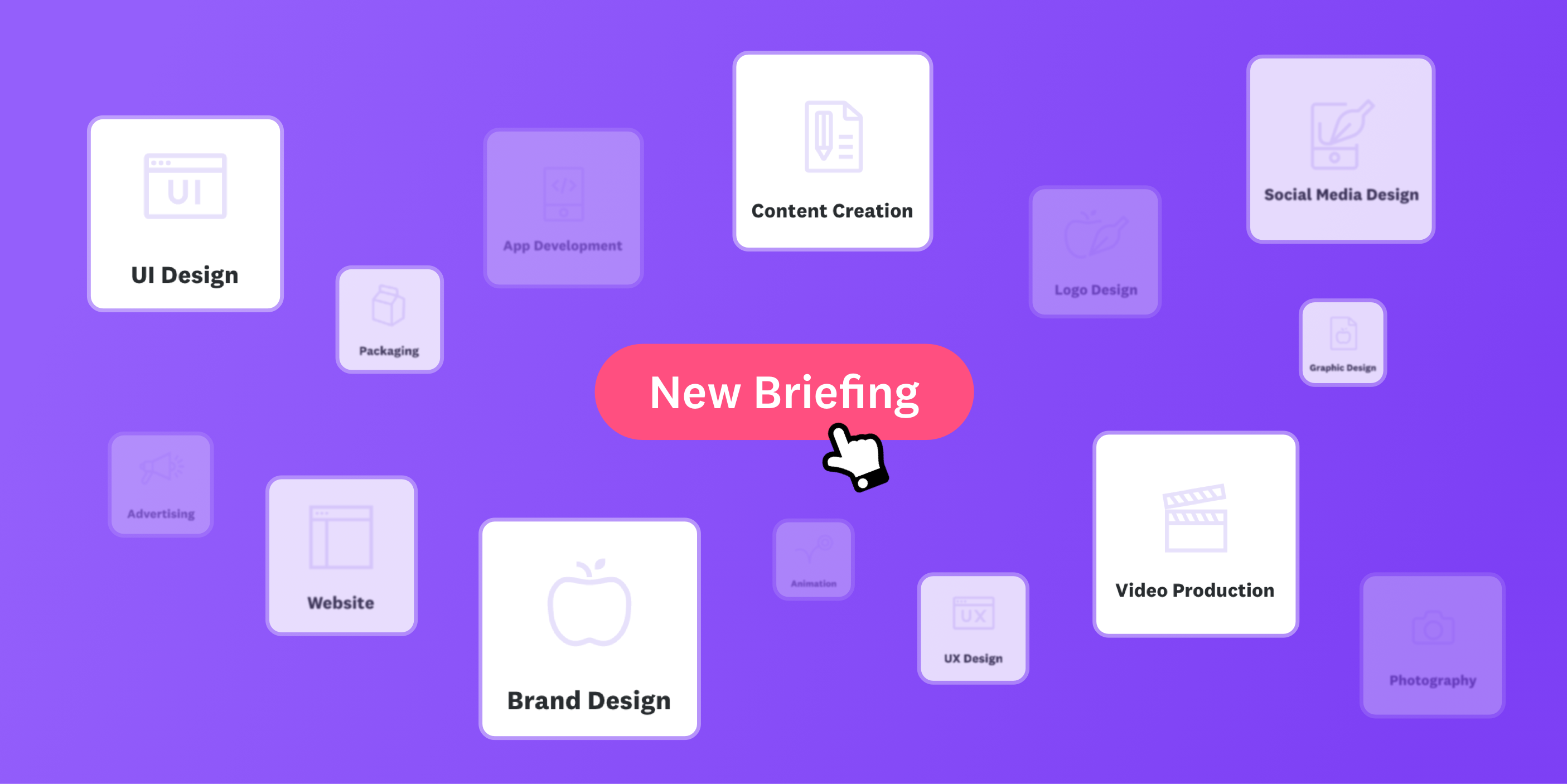The very skilled graphic designer and brand identity expert David Airey, is also a brilliant blogger, writer, and even a great mentor. With his newest book "Identity Designed” David answers any questions you have on how to successfully work with a client to create a compelling identity, through case studies with the top-notch design studios.
So we’re over the moon to have had the opportunity to fire away 14 questions we always wanted to ask David. What is the most underrated phase of the design process and how to avoid the client telling you what to do? We promise you some well-spent-3 minute-reading coming up. Enjoy!
Let’s start from the beginning, what’s that thing you need to get done before you start working?
There are a few things I tend to do each morning. I’ll drink a pint of water, eat a light breakfast, have a cup of tea, then shower and dress as if I was going to see a client. Working from home means I don’t often leave in the morning, but it definitely helps me focus if I’m “dressed for work.”
What are your top daily priorities non-work-related?
Raising my daughter and son to be the best they can be; exercising (because too long at a desk isn’t good for anyone), and eating well. When not working, I see my family and friends as much as I can, but my priorities are mostly me and my kids. You’ve got to look after yourself before you can look after others.
Name one thing that would improve the quality of your life at the moment?
I’ve had daily headaches for about 15 years. Every week or two, for a few hours or sometimes a day, the pain behind my eyes makes it difficult to do anything other than lie in a dark room with a hot water bottle over my eyes. It’d be nice if I didn’t need to do that. But I know things could be a lot worse. Health-wise I’ve much to be thankful for.
Your work with clients of all sizes, do you create a team for bigger projects or do you plan it in a way that you can do it by yourself?
The focus of my work is quite narrow — specializing in logos and how they fit into broader visual identities. It means that for the most part, I can do my job in collaboration with the client, but now and again I’ll need to liaise with designers and developers who are working with the same company.
How do you avoid the client telling you what to do?
Trust. Your design portfolio should tell clients that you know what you’re doing. We trust doctors to help us, just as we trust plumbers, accountants, chefs, dentists. Clients pay designers because they’re looking for someone to do what they can’t, so you need to act like the expert, otherwise, the client will start to doubt what you’re saying.
At the same time, it helps to remember that working with a designer should be fun. Clients are an integral part of the process, and sometimes they can’t help but join in with the experimentation. Just last week a client sent me sketches for potential logo ideas. I never ask for that, but sketching is fun, and it doesn’t surprise me when clients want to join in.
How do you know when a project is successful? What is your metric of success?
The immediate, intangible metric is whether the client is happy with the result and whether I’m happy that I’ve done my best. But design is an investment, so the truest measure of success isn’t fully realized until years after completion. At the same time, what constitutes client success is never solely reliant on visual identity. The quality of the product or service is key, as are the skills and attitudes of those working within a company. Design plays a part, but it’s far from everything.
In your opinion, what is the most underrated phase in the design process?
Probably research. It’s what every design project begins with.
Less experienced designers may be tempted to skip ahead to the design phase, picking up a pencil or jumping on a computer at the beginning, but without research you can’t determine the strategy, and without the right strategy you can’t create relevant, distinctive, and enduring design.
Do you think designers should have their own defined style? Do you think you have one?
Forcing a particular style on a project before a brief is in place will generally lead to inappropriate work. Design is for the client, not the designer.
In Logo Design Love you showed us how to develop a brand from the scratch. In Work for Money, Design for Love you taught us how to run a design business. What can we expect from your new book, Identity Designed?
Sixteen brilliant design studios from around the world walk you through their identity design process from start to finish. Any question you have about how to successfully work with a client to create a compelling identity should be answered within the 288 pages. I’ve seen a lot of design books, but not one like this.
How does all this writing impact your career?
The words we use, whether we’re writing or talking, determine where we go in life, and the more we practice, the better we get. There’s room for improvement in what I say, but it’s better than when my first book was published. I can transfer that improvement into my client work, whether I’m asking the right questions, or explaining a design idea. It’s linked.
At the same time, being published shows credibility to potential clients. Some clients buy my books before choosing to hire me, so they’ve got an indication of my expertise before getting in touch.
What do you think is your best skill and what is the one you are missing?
The more we question the more we understand, and the more we understand the better placed we are to help others. So curiosity is probably my strongest attribute as a designer.
I want to know more about things outside design because we do ourselves and our future clients a disservice when we stop learning. It can be good to stand still now and again and appreciate what’s around you, but life gets more interesting when you broaden your horizons.
If you could have any designer's project with no consequences wink* wink*, who would that be, and which project?
Tough question. Matt Dent’s designs for the
UK’s coins in circulation are worth a mention, not only because of the work but also because of how novel it would be to use some spare change for self-promotion.
How do you see the future of freelancing? What do you think would be needed to help this scenario manifest?
Due to the low barriers to entry, increasingly more designers choose to work independently, or as part of small, international teams. Some of the world’s best visual identities are created by studios of no more than five or six people, and once we meet with clients most of us have the means to work on projects remotely. Being together in the same room through all stages of a project can be an advantage, but it’s not essential when we can share our work digitally and talk things through on video calls.
Any advice you would like to give designers that are trying to become more valuable?
Look at the work of the world’s most renowned design studios. Then look at yours. Now close the gap — even if that means updating projects already in your portfolio.
—
Thanks, David for taking your time and sharing these valuable insights with us! Impress your dream clients with engaging client discovery, and dig deep into their challenges with HolaBrief. Try for free.
